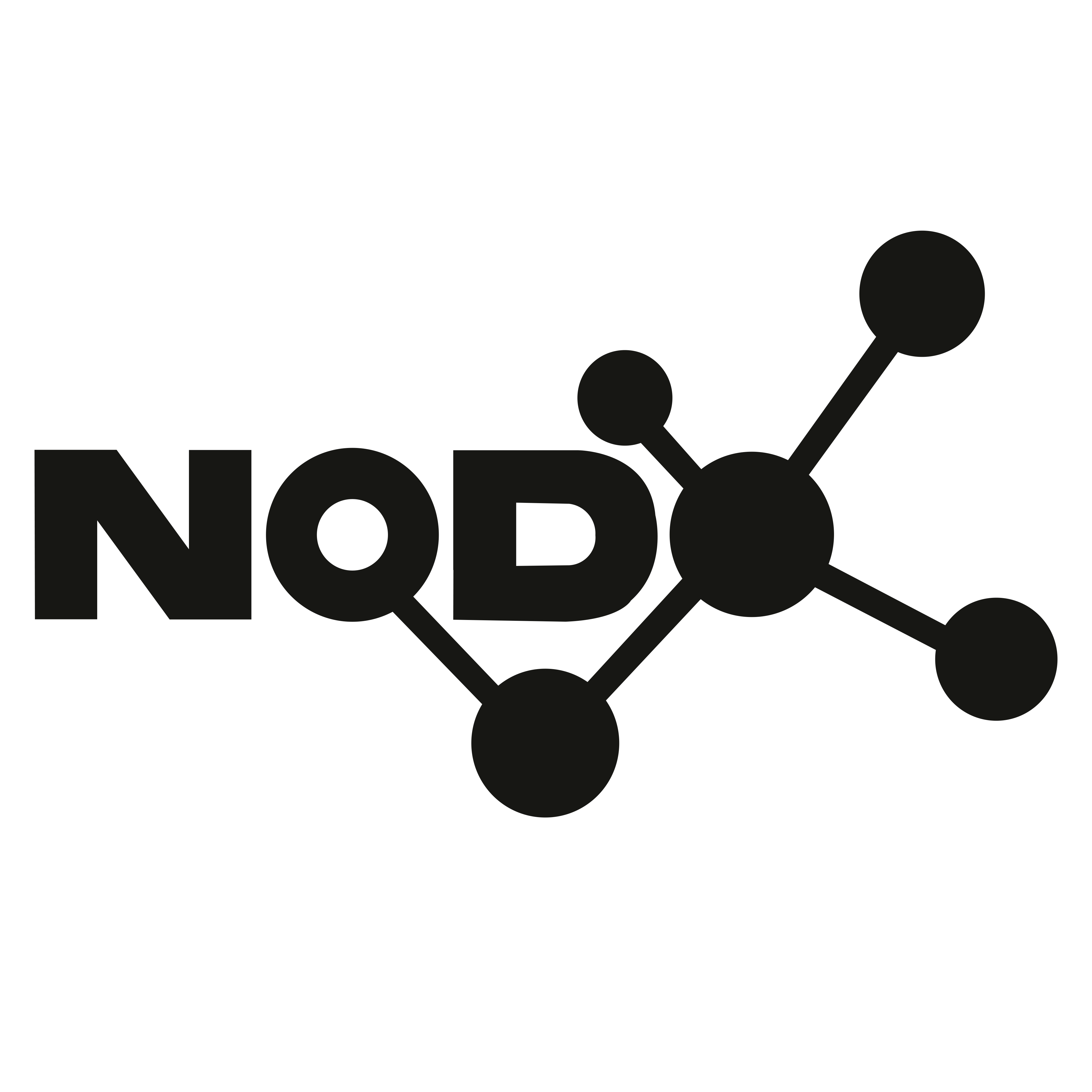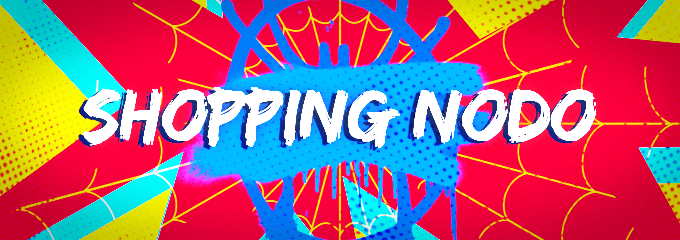Busco formacion para modelo IA
- Autor ricard12
- Fecha de inicio
- Tagged users
-
🏴☠️ Consigue una invitación al foro para poder registrarte 🏴☠️
✅ Informática · Redes sociales y Emprendimiento · Trading/Forex · Criptomonedas · Códigos y ofertas ✅
Estás usando un navegador obsoleto. No se pueden mostrar este u otros sitios web correctamente.
Se debe actualizar o usar un navegador alternativo.
Se debe actualizar o usar un navegador alternativo.
meganano202
Miembro
Especifica un poco. Quieres generar imagenes, videos, entrenarlos, aprender a hacerlos, etc...
Si quieres entrenar una IA desde 0 quiero que sepas que lo jodido no es crearla, es entrenarla. Yo intenté entrenar una en python usando como base sklearn y costó muchiiisimo para que diera un resultado un poco acertado.
Te dejo por aquí el codigo por si te sirve, es basicamente para que identifique las imagenes que me gustan y las que no pero te aconsejo usarlo solo de referencia, si copias y pegas no vas a aprender. Está todo medio comentado.
Si quieres entrenar una IA desde 0 quiero que sepas que lo jodido no es crearla, es entrenarla. Yo intenté entrenar una en python usando como base sklearn y costó muchiiisimo para que diera un resultado un poco acertado.
Te dejo por aquí el codigo por si te sirve, es basicamente para que identifique las imagenes que me gustan y las que no pero te aconsejo usarlo solo de referencia, si copias y pegas no vas a aprender. Está todo medio comentado.
Python:
import json
import os
import numpy as np
from sklearn.ensemble import RandomForestClassifier
from sklearn.model_selection import train_test_split
from sklearn.preprocessing import StandardScaler
import cv2
# File to store user preferences
PREFERENCES_FILE = "json/user_preferences.json"
class AIModel:
def __init__(self):
self.model = RandomForestClassifier(n_estimators=100, random_state=42)
self.scaler = StandardScaler()
self.data = []
self.labels = []
self.load_preferences()
def load_preferences(self):
"""Load user preferences from a JSON file."""
if os.path.exists(PREFERENCES_FILE):
with open(PREFERENCES_FILE, "r", encoding="utf-8") as file:
try:
data = json.load(file)
self.data = data.get("features", [])
self.labels = data.get("labels", [])
except json.JSONDecodeError:
self.data, self.labels = [], []
def save_preferences(self):
"""Save user preferences to a JSON file."""
with open(PREFERENCES_FILE, "w", encoding="utf-8") as file:
json.dump({"features": self.data, "labels": self.labels}, file, indent=4)
def extract_features(self, image_path):
"""Extract image features using color histograms."""
image = cv2.imread(image_path)
if image is None:
return None
image = cv2.resize(image, (100, 100)) # Resize for consistency
hist = cv2.calcHist([image], [0, 1, 2], None, [8, 8, 8], [0, 256, 0, 256, 0, 256])
return hist.flatten()
def train_model(self):
"""Train the AI model if there is enough data."""
if len(self.data) < 10: # Ensure enough data
return
X = np.array(self.data)
y = np.array(self.labels)
X_train, X_test, y_train, y_test = train_test_split(X, y, test_size=0.2, random_state=42)
X_train = self.scaler.fit_transform(X_train)
X_test = self.scaler.transform(X_test)
self.model.fit(X_train, y_train)
def predict(self, image_path):
"""Predict the likelihood of an image being accepted as a percentage."""
features = self.extract_features(image_path)
if features is None or len(self.data) < 10:
return 0 # Default to neutral if no model is trained
scaled_features = self.scaler.transform([features])
# Get probability estimates from the model
if hasattr(self.model, "predict_proba"):
probability = self.model.predict_proba(scaled_features)[0][1] # Probability of class 1
return round(probability * 100, 2) # Convert to percentage (0-100)
# If model doesn't support predict_proba, fall back to a binary prediction
return 100 if self.model.predict(scaled_features)[0] == 1 else 0
def update_model(self, image_path, accepted):
"""Update the model with a new image decision."""
features = self.extract_features(image_path)
if features is not None:
self.data.append(features.tolist())
self.labels.append(1 if accepted else 0)
self.save_preferences()
self.train_model()
# Example usage
if __name__ == "__main__":
ai = AIModel()
ai.train_model()
test_image = "temp/example.jpg" # Replace with an actual image path
print(f"Predicted: {ai.predict(test_image)}")Gracias por el aporte tio, la verdad que de IA se lo basico de lo basico, parto desde 0, por eso ando buscando algun "curso" o algo para aprender. Basicamente lo que me gustaria hacer es crear cuentas de influencers y tal con IAEspecifica un poco. Quieres generar imagenes, videos, entrenarlos, aprender a hacerlos, etc...
Si quieres entrenar una IA desde 0 quiero que sepas que lo jodido no es crearla, es entrenarla. Yo intenté entrenar una en python usando como base sklearn y costó muchiiisimo para que diera un resultado un poco acertado.
Te dejo por aquí el codigo por si te sirve, es basicamente para que identifique las imagenes que me gustan y las que no pero te aconsejo usarlo solo de referencia, si copias y pegas no vas a aprender. Está todo medio comentado.
Python:import json import os import numpy as np from sklearn.ensemble import RandomForestClassifier from sklearn.model_selection import train_test_split from sklearn.preprocessing import StandardScaler import cv2 # File to store user preferences PREFERENCES_FILE = "json/user_preferences.json" class AIModel: def __init__(self): self.model = RandomForestClassifier(n_estimators=100, random_state=42) self.scaler = StandardScaler() self.data = [] self.labels = [] self.load_preferences() def load_preferences(self): """Load user preferences from a JSON file.""" if os.path.exists(PREFERENCES_FILE): with open(PREFERENCES_FILE, "r", encoding="utf-8") as file: try: data = json.load(file) self.data = data.get("features", []) self.labels = data.get("labels", []) except json.JSONDecodeError: self.data, self.labels = [], [] def save_preferences(self): """Save user preferences to a JSON file.""" with open(PREFERENCES_FILE, "w", encoding="utf-8") as file: json.dump({"features": self.data, "labels": self.labels}, file, indent=4) def extract_features(self, image_path): """Extract image features using color histograms.""" image = cv2.imread(image_path) if image is None: return None image = cv2.resize(image, (100, 100)) # Resize for consistency hist = cv2.calcHist([image], [0, 1, 2], None, [8, 8, 8], [0, 256, 0, 256, 0, 256]) return hist.flatten() def train_model(self): """Train the AI model if there is enough data.""" if len(self.data) < 10: # Ensure enough data return X = np.array(self.data) y = np.array(self.labels) X_train, X_test, y_train, y_test = train_test_split(X, y, test_size=0.2, random_state=42) X_train = self.scaler.fit_transform(X_train) X_test = self.scaler.transform(X_test) self.model.fit(X_train, y_train) def predict(self, image_path): """Predict the likelihood of an image being accepted as a percentage.""" features = self.extract_features(image_path) if features is None or len(self.data) < 10: return 0 # Default to neutral if no model is trained scaled_features = self.scaler.transform([features]) # Get probability estimates from the model if hasattr(self.model, "predict_proba"): probability = self.model.predict_proba(scaled_features)[0][1] # Probability of class 1 return round(probability * 100, 2) # Convert to percentage (0-100) # If model doesn't support predict_proba, fall back to a binary prediction return 100 if self.model.predict(scaled_features)[0] == 1 else 0 def update_model(self, image_path, accepted): """Update the model with a new image decision.""" features = self.extract_features(image_path) if features is not None: self.data.append(features.tolist()) self.labels.append(1 if accepted else 0) self.save_preferences() self.train_model() # Example usage if __name__ == "__main__": ai = AIModel() ai.train_model() test_image = "temp/example.jpg" # Replace with an actual image path print(f"Predicted: {ai.predict(test_image)}")
Eso es aprender IA? por favor jaja
Tu quieres una IA tal cual para hacer videos e imagenes y subirlas.
Aprender IA de verdad lleva años. Un saludo
PD: Si quieres aprender IA de verdad, busca en google "Cursos IA"

Domina la IA con Gemini
##***Acerca de este curso*** Aprende los conceptos básicos de la Inteligencia Artificial y descubre cómo puedes mejorar tu productividad aplicándola en herramientas como Gemini, que te permitirán automatizar y agilizar tareas, generar ideas y resolver problemas de manera más eficiente. A través...
Esa tía es una crack como explica IA y su funcionamiento :)
meganano202
Miembro
Nada, pero lo que dice @Matamataos es cierto. Para aprender como funciona de verdad, le tienes que echar mucho tiempo. Y para lo que has dicho pues...Busca cualquier modelo que te guste para generar imagenes y ya.
Para entrenar una IA con imagenes necesitas mucho tiempo y mucha potencia de grafica/s para conseguir un pequeño resultado.
Conclusión, no reinventes la rueda. Si quieres aprender IA, busca en cursos de Udemy, Google, etc.. Además de buscar cursos para saber como hacer buenos promps para estas

